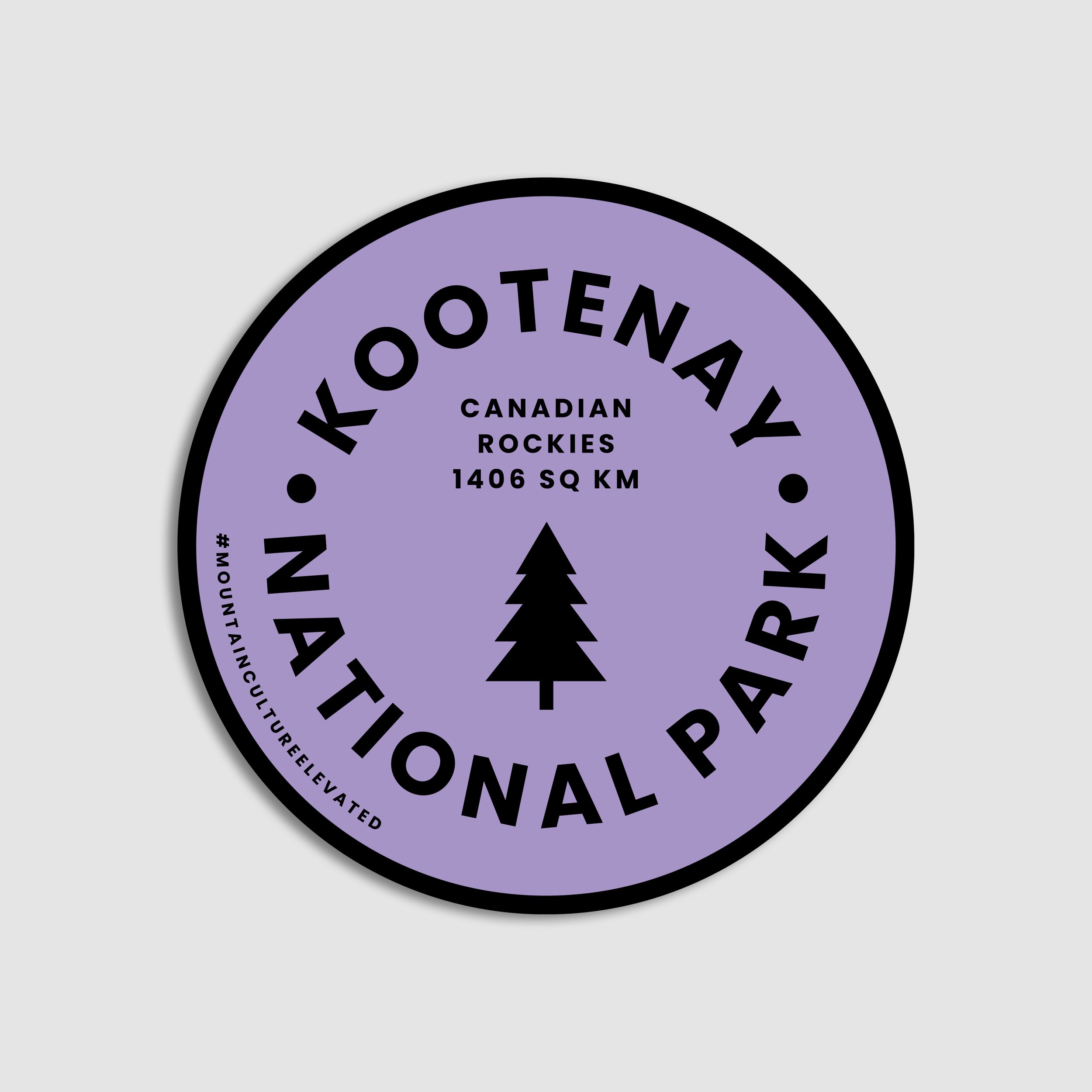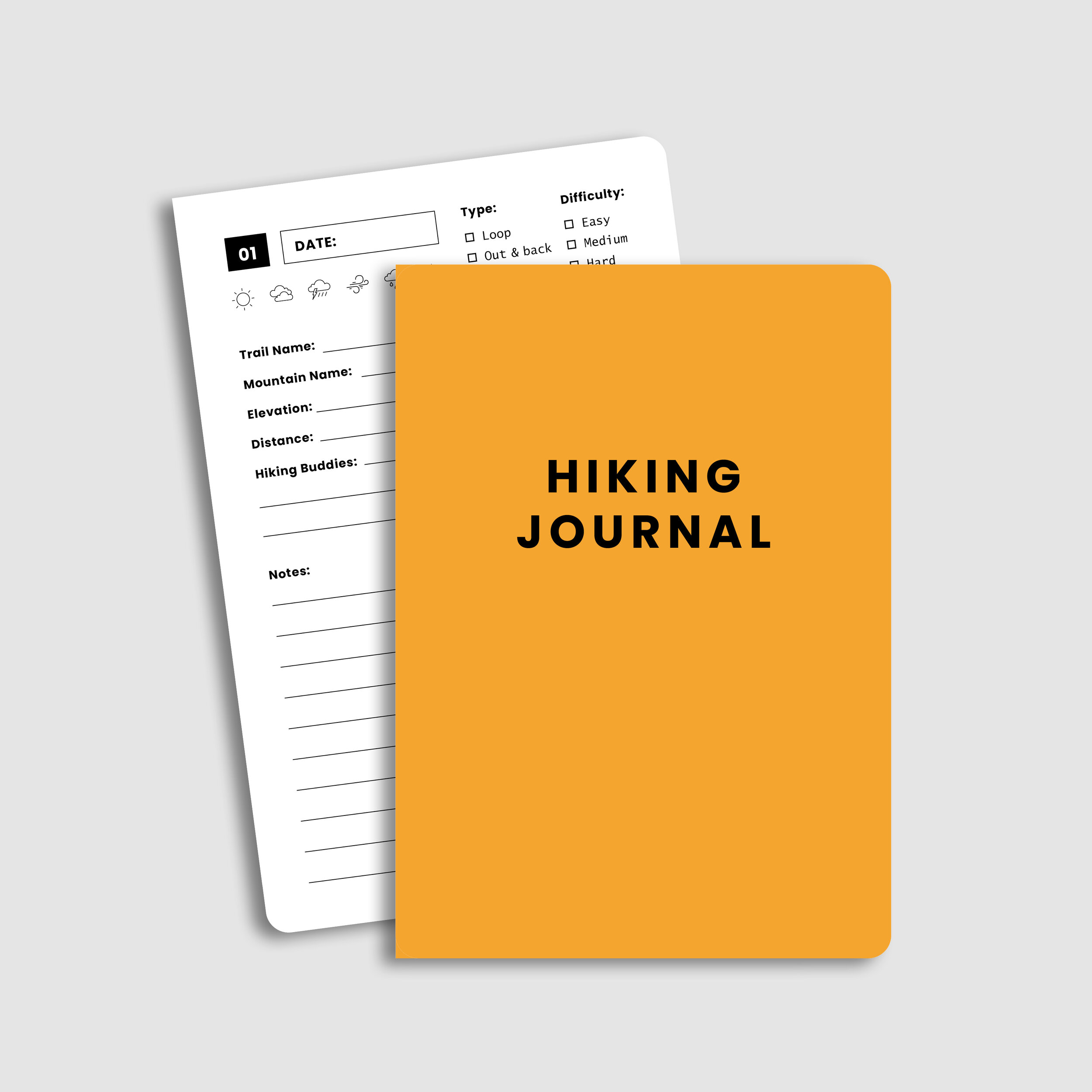10 CLASSIC SKI TOURING TRIPS CLOSE TO CALGARY
By Cory Tracy
Whether you’re just starting out or you’re a backcountry pro, west of Calgary the Rocky Mountains have more terrain than you could ever hope to cover. From steep couloirs to mellow glades, you don’t need to drive far to hit the uptrack! Check out these popular touring areas – all within 200 km of Calgary.
As resort attendance escalates and lift lines lengthen, the obvious remedy is to venture into the wilderness, where untracked slopes and tranquil surroundings are the norm. There is something alluring about accessing endless expanses of fresh snow with only your two feet and some determination. Whether you’re looking to expand your ski touring repertoire or you’re sick of scouring the Internet for touring beta, this list may introduce you to new zones or terrain you could have overlooked in the past.
This is a curated list of Rockies classics – we’ll leave the best-kept secrets yours to uncover!
KANANASKIS COUNTRY
Being the closest option for city-dwelling mountain enthusiasts makes K-Country a very doable day trip. Although it is the closest, it still offers some excellent snow conditions and backcountry skiing.
#1: Black Prince
Avalanche Terrain Rating: Challenging – Class 2
Distance From Calgary: 129km – 1 hour, 36 minutes
Google Maps: http://bit.ly/2SXivVY
Access: Black Prince day-use area via the Smith-Dorrien/Spray Trail
Black Prince is one of the most popular touring areas in K-Country. That being said, you may want to arrive early, or try weekdays. A fantastic day out if you’re looking for a relatively short approach, low-risk terrain, and some exceptional runs down open glades.
Beta:
Backcountry Skiing Canada – Black Prince
Backcountry Beta – Black Prince
#2: Tryst Lake Chutes/Super Slope
Avalanche Terrain Rating: Complex – Class 3
Distance from Calgary: 127km – 1 hour, 44 minutes
Google Maps: http://bit.ly/2GhLW2s
Access: Park on the side of the road 2km past the Engadine Lodge turn-off via the Smith-Dorrien/Spray Lakes Trail from Canmore
Depending on your terrain preferences there are many options here, just take your pick! Before dropping into any of the short but sweet chutes, make sure you are comfortable with the area as it has complex elements. The large open nature of Super Slope presents a potential avalanche hazard and should only be tackled on stable snowpack days.
Beta:
BCKOR – Tryst Lake/Super Slope
Backcountry Beta – Tryst Lake Chutes
#3: Burstall Pass
Avalanche Terrain Rating: Challenging – Class 2
Distance from Calgary: 141km – 1 hour, 52 minutes
Google Maps: http://bit.ly/2BVsS6v
Access: Burstall Pass parking lot
Another Kananaskis staple, Burstall Pass offers a myriad of great yo-yo terrain and even better snow. The popularity of this spot speaks for itself, with a relatively short approach and boundless turns, this zone is a must do for any Rockies touring bucket list.
Beta:
Backcountry Skiing Canada – Burstall Pass
Digital Diary – Burstall Pass
LAKE LOUISE
Famous for its summertime beauty, there are also many winter touring opportunities in and around the Lake Louise area. One benefit of this area is the relatively easy access, yet a maintained isolated ambience.
#4: Surprise Pass
Avalanche Terrain Rating: Complex – Class 3
Distance from Calgary: 181km – 2 hours
Google Maps: http://bit.ly/2DaLD70
Access: Lake Louise Parking Lot
This breathtaking loop is best left to stable snowpack days as it involves travel through high consequence, exposed terrain. When conditions are safe, the ski descent from the top of the pass is fantastic.
Beta:
Backcountry Skiing Canada – Surprise Pass
Backcountry Beta – Surprise Pass
Photo by Abby Cooper.
A sometimes overlooked area that is home to some Rockies classics. After a day spent skiing some exceptional lines you don’t have to venture much further to enjoy some great hot springs nearby.
#5: Chickadee Valley
Avalanche Terrain Rating: Complex – Class 3
Distance from Calgary: 161km 1 hour, 42 minutes
Google Maps: http://bit.ly/2u1lemA
Access: Continental Divide parking lot
Relatively straightforward touring and skiing with spectacular views, easy access, and an abundance of space to make some turns. As you approach be wary of the many avalanche paths leading into the valley and travel accordingly.
Beta:
Backcountry Skiing Canada – Chickadee Valley
#6: Storm Mountain Firebreak
Avalanche Terrain Rating: Simple – Class 1
Distance from Calgary: 164km – 1 hour, 46 minutes
Google Maps: http://bit.ly/2TKw92l
Access: Park on the road approximately 1km before the Stanley Glacier Parking Lot
The Storm Mountain firebreak is great for high avalanche danger days, or if you are just starting out. The 50-metre-wide firebreak itself (made to prevent the 2003 wildfire) makes for easy traveling and wide open skiing.
ICEFIELDS PARKWAYS (93 NORTH)
This stretch of road is a standout for anyone who has ventured onto it. With significantly more snowfall than surrounding areas and many slope aspects to choose from on either side of the parkway, the 93 North (Icefields Parkway) has it all.
#7: Pulpit Knobs
Avalanche Terrain Rating: Complex – Class 3
Distance from Calgary: 198 km – 2 hours, 6 minutes
Google Maps: http://bit.ly/2F88mS5
Access: Hector Lake Viewpoint
This collection of seven “knobs” is a skier’s paradise. With everything from glade skiing to pillow lines and chutes, you will be spoiled rotten with choices. The only dilemma you will face here is which “knob” to hit first.
Beta:
Story of a Ski Tour – The Pulpit
Digital Diary – Ski at Pulpit Peak
Backcountry Beta – Pulpit 1 & 2
Backcountry Beta – Pulpit 3
Backcountry Beta – Pulpit 4
#8: Mount Hector
Avalanche Terrain Rating: Complex – Class 3
Distance from Calgary: 197 km – 2 hours, 5 minutes
Google Maps: http://bit.ly/2Hfi7A5
Access: Hector creek drainage pullout
An early start is recommended if you plan on summiting. This classic tour is a big day and presents some significant glacier travel and avalanche hazards. Make sure conditions are solid and that your lungs are ready. Of all the areas mentioned in this list, Mount Hector is one of the most advanced and should only be attempted by experienced skiers/mountaineers.
Photo by Abby Cooper.
ACCESS POINTS
These areas provide access to a wide variety of backcountry terrain, not just a single tour. Whether you skin into a backcountry hut and stay a couple nights, catch a heli into distant terrain, or some combination of the two, these destinations have you covered.
#9: Mt. Shark parking lot/helipad
Distance from Calgary: 152km – 2 hours, 26 minutes
Google Maps: https://bit.ly/2AKrwuO
Access: Mt. Shark parking lot
The Mount Shark helipad is close enough to Calgary, and from there you can access Mt. Assiniboine Provincial Park via an 8-minute helicopter flight. Once you land you can stay in Mt. Assiniboine Lodge and cabins or the Naiset and Hind Huts. There are many touring objectives from there making the lodge, cabins, and/or huts a perfect base to explore from.
#10: Lake O’Hara parking lot
Distance from Calgary: 189km – 2 hours
Google Maps: http://bit.ly/2HdtQ2P
Access: Lake O’Hara parking lot
A popular summertime area that is notably quieter in the winter. Start by skinning the 11km access road to Lake O’Hara. From there, you can access more touring objectives, but a stay in Elizabeth Parker Hut or Lake O’Hara Lodge is arguably one of the best parts of venturing here. The decent back to the parking lot is the easy part, although could prove difficult after consuming all that wine and cheese.
Avalanche Terrain Exposure Scale (ATES)
v.1/04 (via the Parks Canada website)
The table below offers more insight into how avalanche terrain is rated, and the criteria to determine those ratings. Use this table to decipher whether or not your experience/knowledge is sufficient for the associated terrain.
For more information visit avalanche terrain ratings for backcountry touring in the mountain national parks.
Exposure to low angle or primarily forested terrain. Some forest openings may involve the runout zones of infrequent avalanches. Many options to reduce or eliminate exposure. No glacier travel.
Simple
(Class 1)
Challenging
(Class 2)
Exposure to well defined avalanche paths, starting zones or terrain traps; options exist to reduce or eliminate exposure with careful routefinding. Glacier travel is straightforward but crevasse hazards may exist.
Exposure to multiple overlapping avalanche paths or large expanses of steep, open terrain; multiple avalanche starting zones and terrain traps below; minimal options to reduce exposure. Complicated glacier travel with extensive crevasse bands or icefalls.
Complex
(Class 3)
RESOURCES
AVALANCHE
Avalanche Canada Regional Reports
Avalanche Training
Online Avalanche Tutorial
Forecaster Blog
Mountain Conditions Report
AdventureSmart
Parks Canada Avalanche Terrain Ratings
Alberta Parks Avalanche Terrain Ratings
Mountain Information Network
Avalanche Forecasting
GROUPS
Backcountry YYC
ACC Calgary Section
ACC Rocky Mountain Section
Calgary Backcountry Snowboarding Meetup
Calgary Outdoor Club
CONDITIONS AND WEATHER
Avalanche Canada Regional Forecasts
Government of Canada Weather
The Weather Network Radar
SpotWX
MountainWeather.com
APPS, BOOKS + WEBSITES
Avalanche Canada (app)
Mountain Conditions Report (app)
Summits & Icefields 1 + 2, by Chic Scott and Mark Klassen
Confessions of a Ski Bum, by Marcus Baranow
MORE GREAT READING
Facets and Faceshots: Backcountry Learning at Purcell Mountain Lodge
Why You Should Upgrade Your Avalanche Skills: Q+A with Marty Schaffer
Life Lessons in Ski Touring: A Day with “Bucky”
Understanding, Underneath: An Avalanche Survival Story
Cory Tracy is a graphic designer/communications specialist based in Canmore, and an avid split boarder, rock climber, mountain biker, hiker and fisherman. Originally from Red Deer, his passion for the outdoors and creativity crossed paths and brought him to the Bow Valley.
Notes:
You, the reader, are responsible for your own safety and gathering the information you require to tackle these trips. Please adventure safely.
As always, safety is more important than anything else. Before heading into avalanche terrain, take an Avalanche Skills Training (AST1, AST2) course, be properly equipped with a probe, shovel, and avalanche beacon, and go with trusted and knowledgeable comrades. Make sure you also check avalanche conditions in your respective area.
• All distances are from the University of Calgary Campus. Driving times can vary based on conditions, construction and a number of factors, so use these as approximations.
• See Class Ratings chart above.










